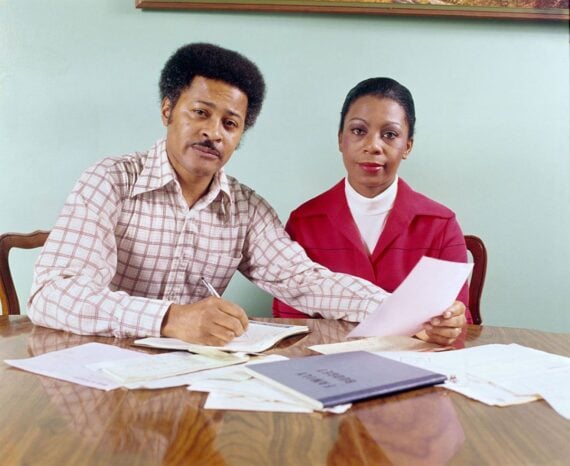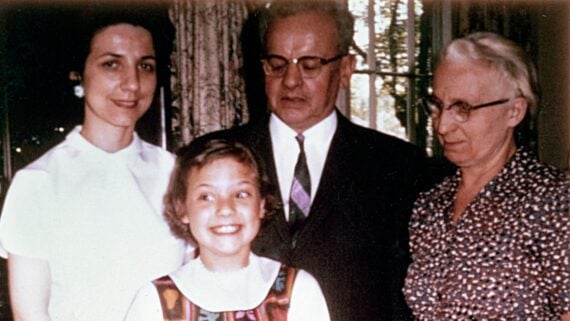The 1970s weren’t easy on the middle class. Inflation was high, wages fell behind, and the cost of living kept climbing. Families had to make do with what they had — and often, that wasn’t much.
Today, we’re feeling a lot of those same pressures. And if the ‘70s taught us anything, it’s that hard times force people to get practical.
Here are seven middle-class money habits from that era that might just come in handy again.
Cash-Only Living
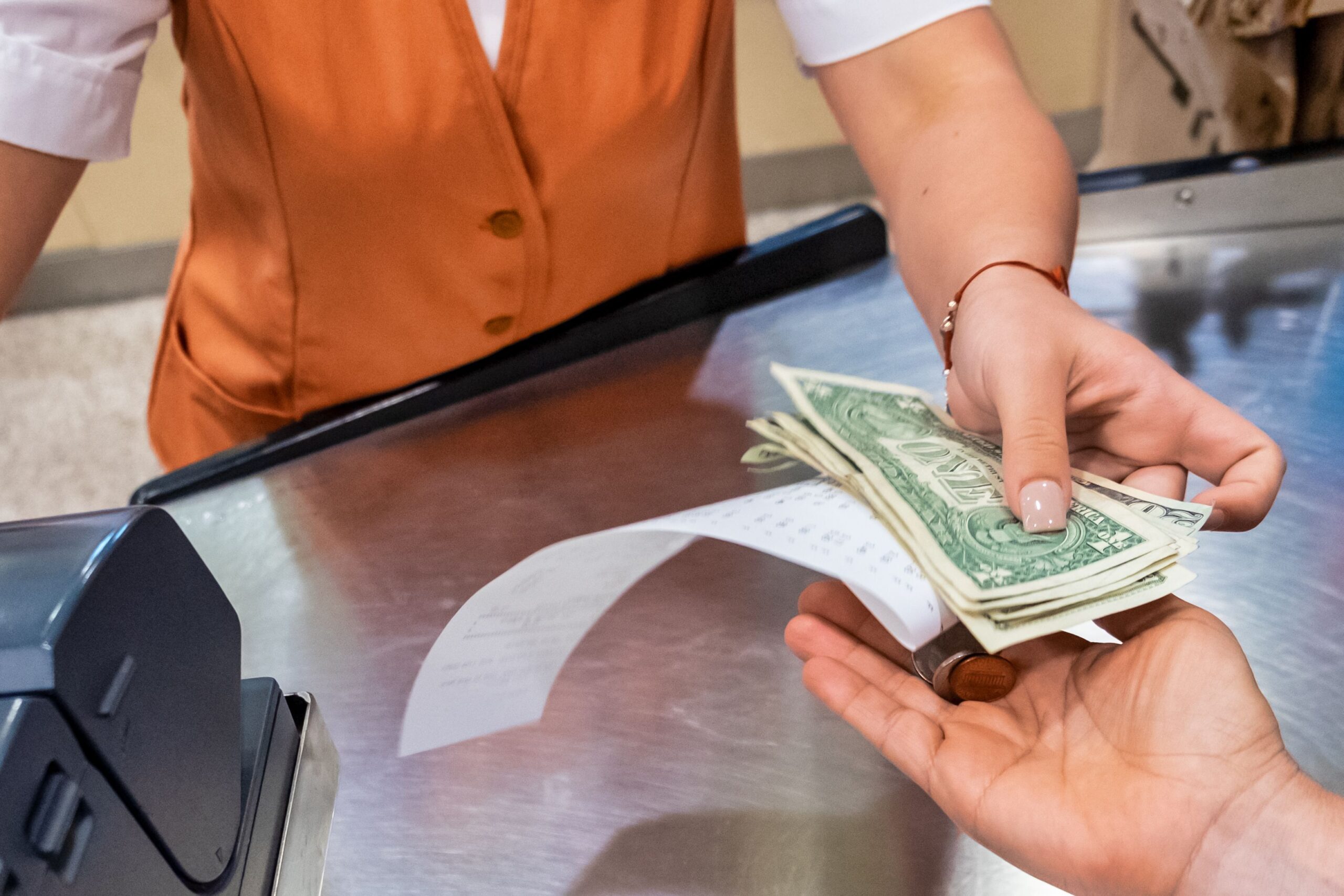
Americans are carrying $1.182 trillion in credit card debt as of early 2025, according to the latest data from the Federal Reserve. In the 1970s, however only about 16% of families had a credit card. So if you wanted a $400 TV in 1975, you would need to save up your cash. Layaway was the closest thing to “buy now, pay later,” and even that required planning, not impulse.
Envelope Budgeting
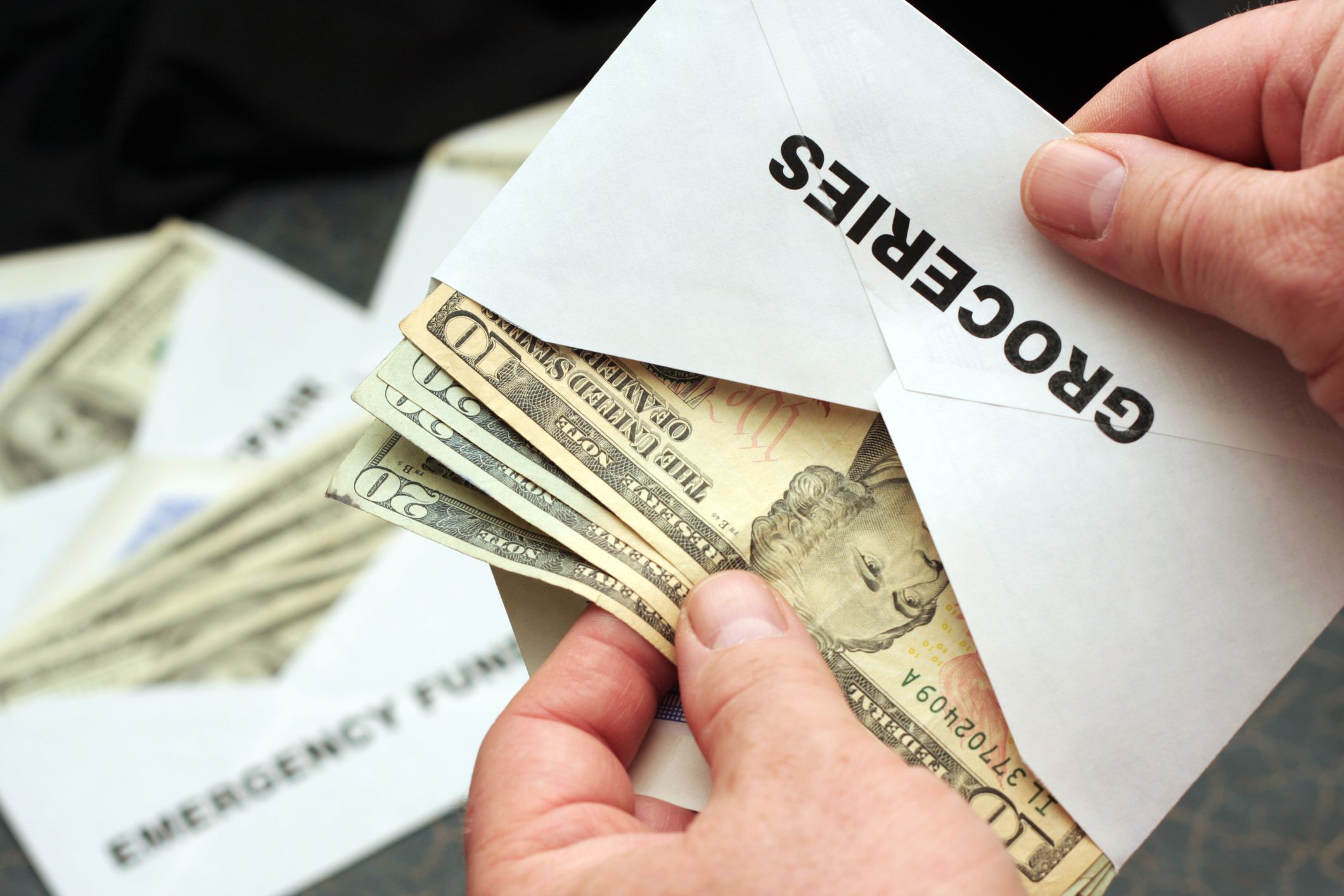
Every Gen X kid saw their mom pull grocery money from a labeled envelope — and when it ran out, that was it. That’s envelope budgeting, now rebranded as “cash stuffing” on TikTok.
It became a thing in the 1970s during high inflation, when physical cash helped families stay on track. The paychecks were divided into envelopes — rent, gas, food — and you would stop spending when the envelope was empty. It worked because you felt the money leave.
General Frugality
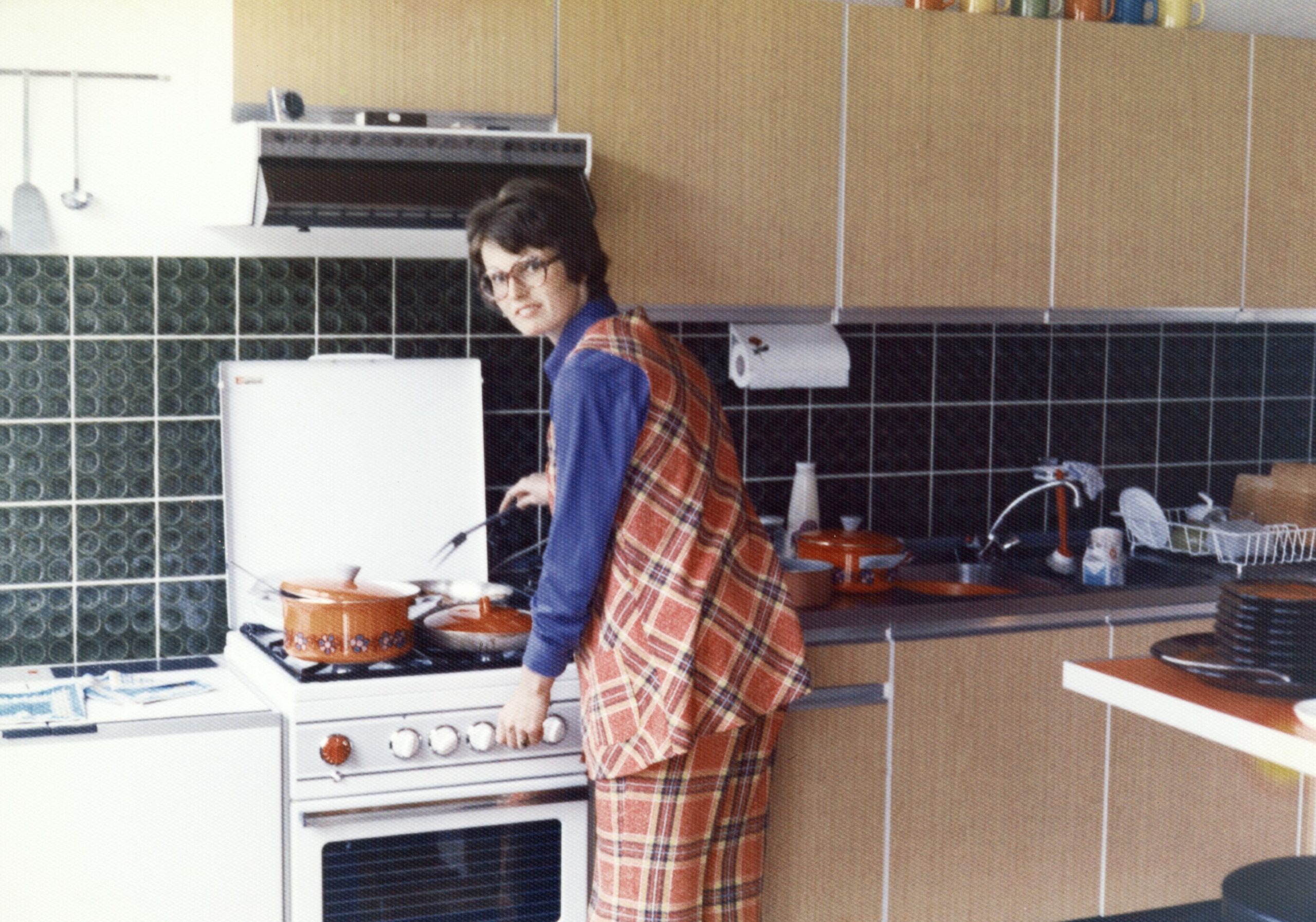
In the 1970s, being frugal was just how most families got through the month. People cooked at home, packed school lunches, and brought thermoses of coffee and sandwiches to work. Parents cut their kids’ hair in the kitchen. Even small things mattered — foil was reused, jars were saved, and bacon grease was stored for cooking. If something broke, you fixed it — or your mom and dad did.
Thrift and Secondhand Shopping

According to EPA, the average person throws away 70 pounds of clothing each year, leading to 11.3 million tons of textile waste in America alone. Much of it is tossed within a year of being made.
In the 1970s, clothes were worn for years, handed down, mended, and repurposed. Shopping secondhand helped families stay on budget and was eco-friendly long before sustainable living became a trend, rather than common sense.
Community Resource Sharing

In the 1970s, community came together out of necessity. When money was tight, people leaned on each other — sharing what they had so everyone could save a little and get by.
One of the most practical examples was the freezer club. Instead of buying groceries separately, families — often friends, coworkers, or extended relatives — would chip in to buy bulk meat from a butcher or wholesaler. The haul would then be divided and stored in a shared freezer, often kept in someone’s garage or basement.
There were tool libraries where people could borrow things like trimmers, saws, or ladders — no need to buy everything yourself.
Trending on Cheapism
Financial Education at Home
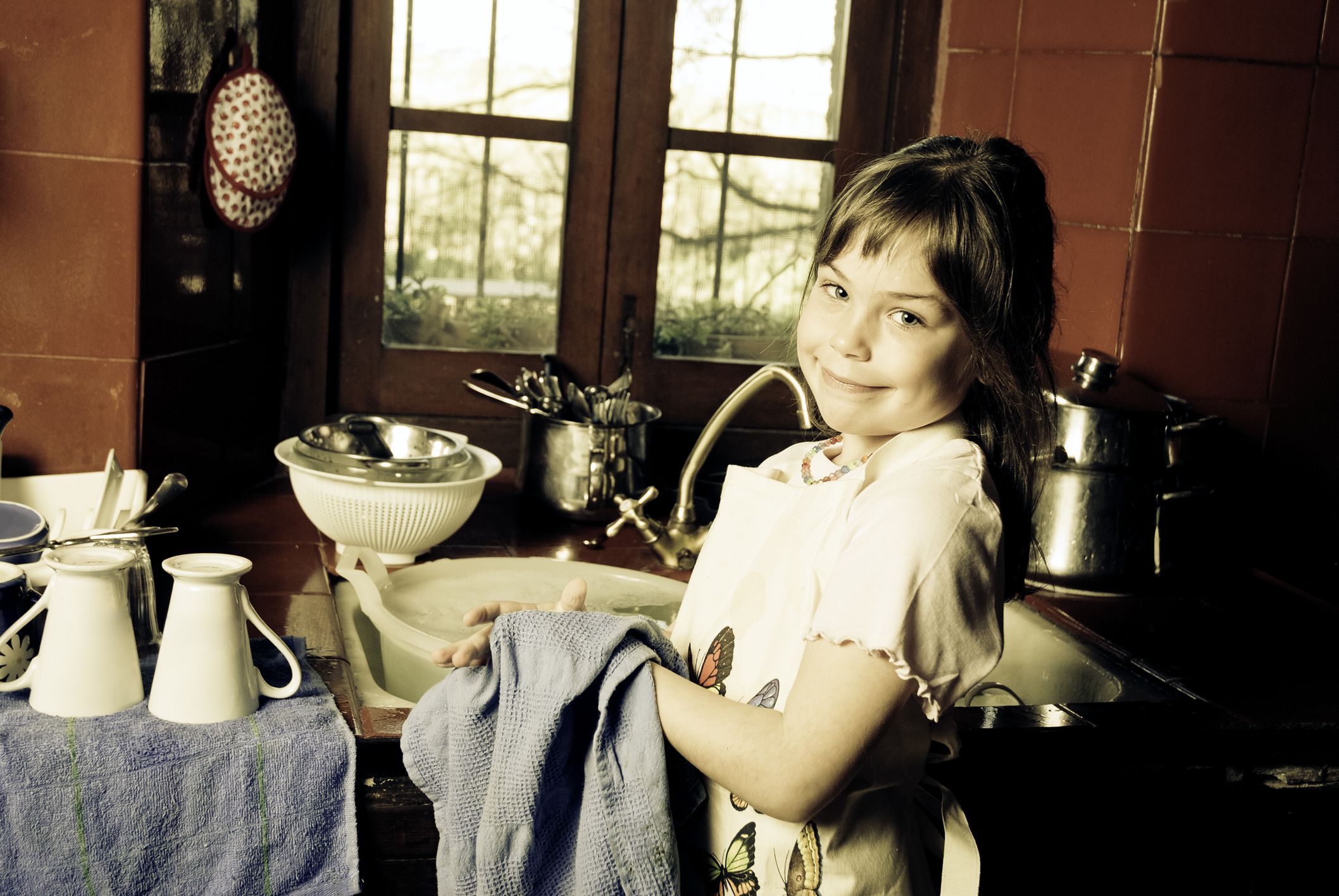
In the 1970s, kids learned about money by earning it. Allowance came with chores — if you wanted a comic book or candy, you swept the porch or raked leaves to get the cash.
Parents talked openly about bills, savings, and what the family could or couldn’t afford. There was no illusion of endless money. You saw what came in, what went out, and where sacrifices were made. That kind of early exposure to real finances taught responsibility before kids ever set foot in a bank.
Emergency Funds
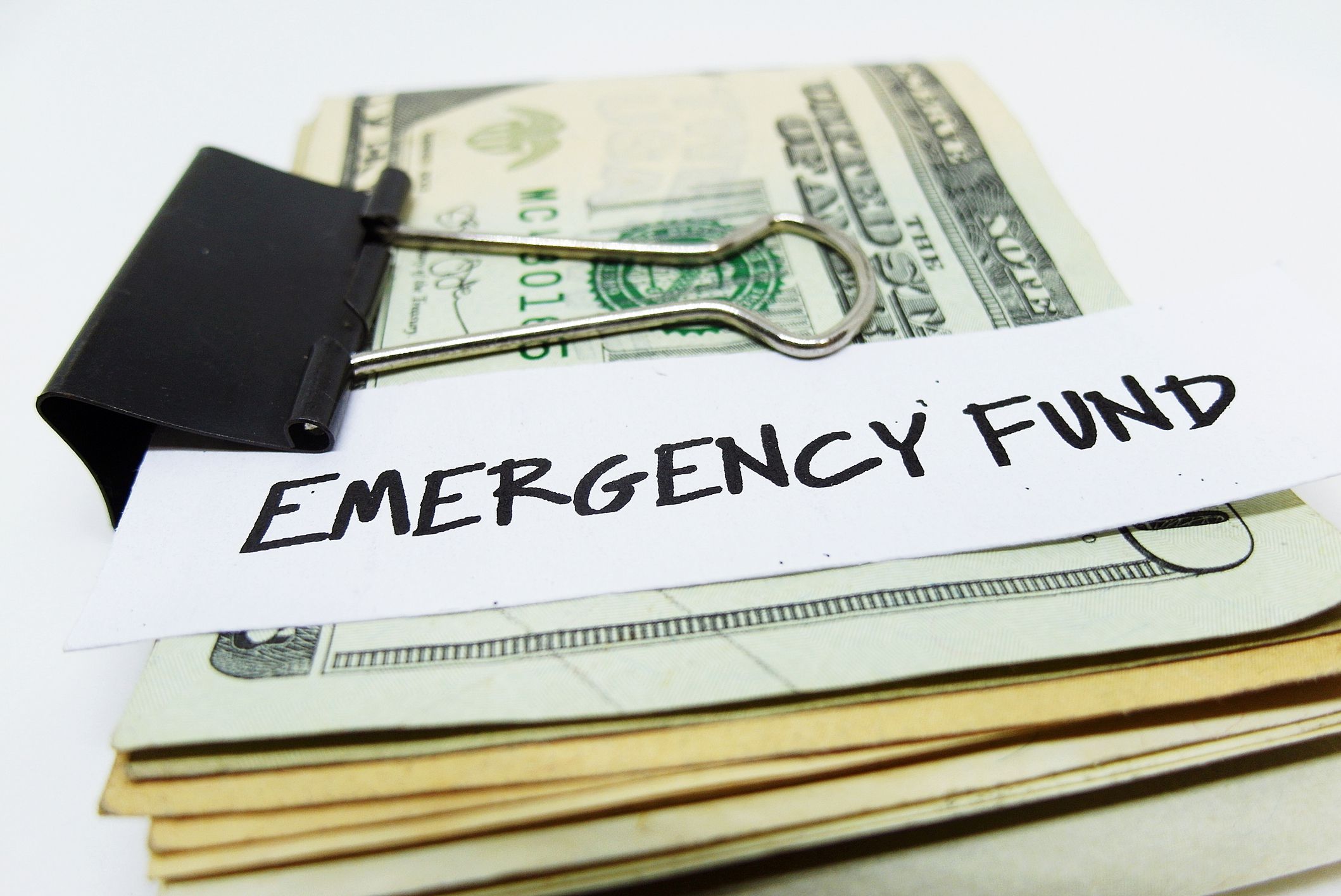
According to Bankrate’s 2025 Emergency Savings Report, 37% of adults tapped into their emergency savings in the past year, mostly to cover essentials like rent, groceries, and bills. And 1 in 3 people now have more credit card debt than emergency savings.Your grandma’s old cookie tin probably had more emergency money than your current bank app. Even on tight budgets, people set something aside “just in case,” because they knew emergencies weren’t a matter of if, but when.
For more frugal tips and nostalgia, sign up for our free newsletters.
